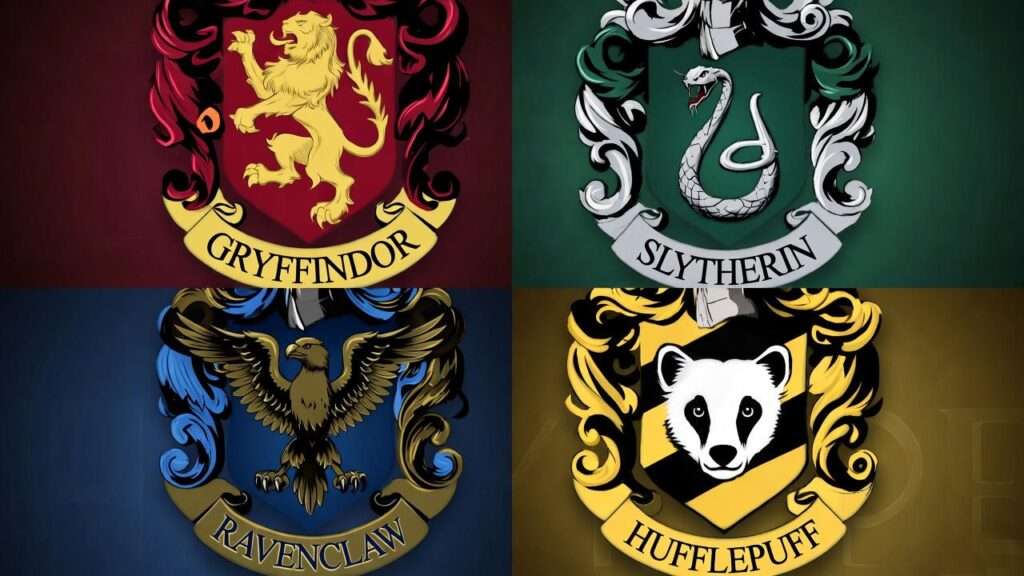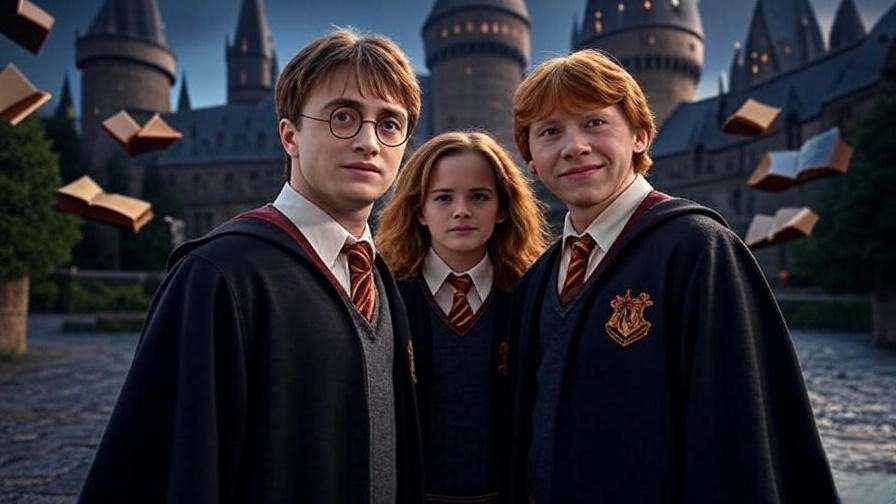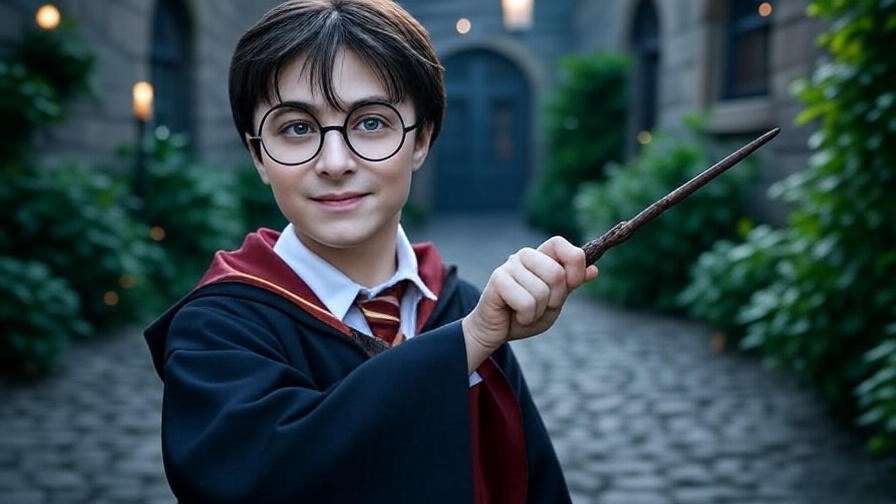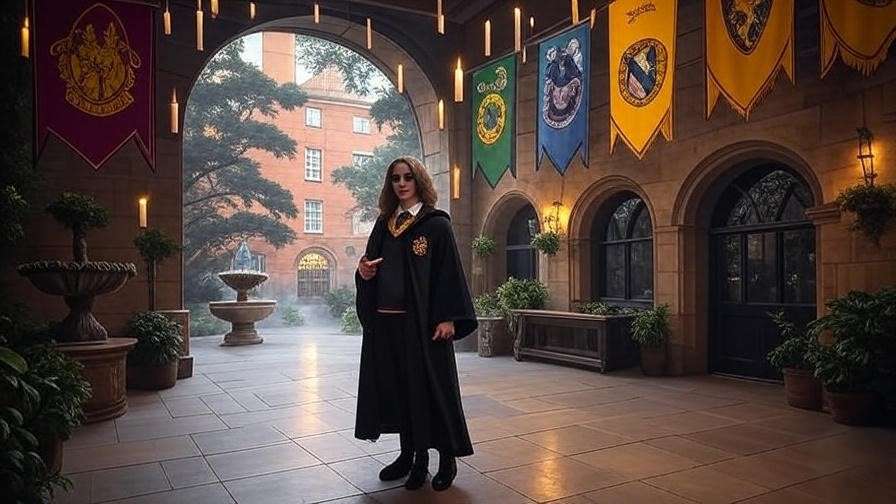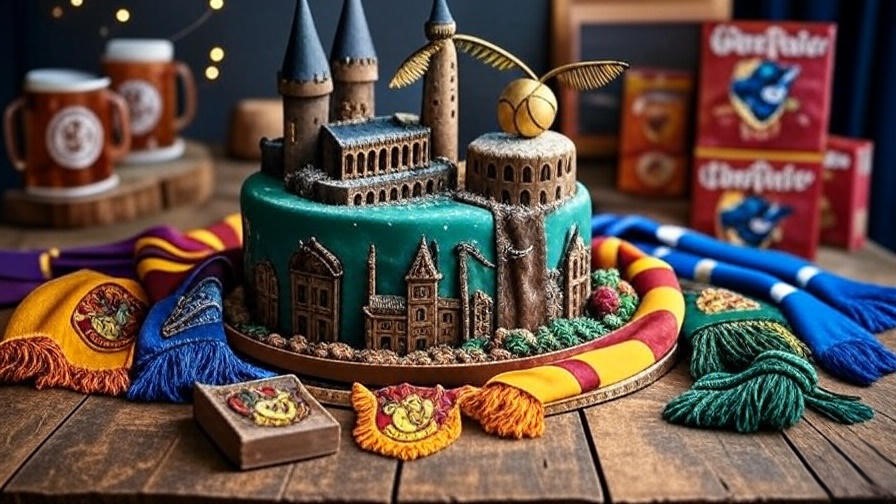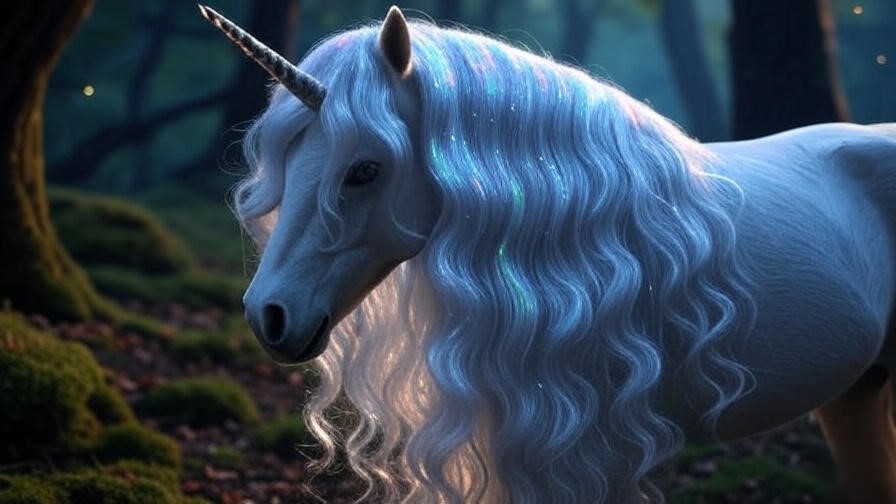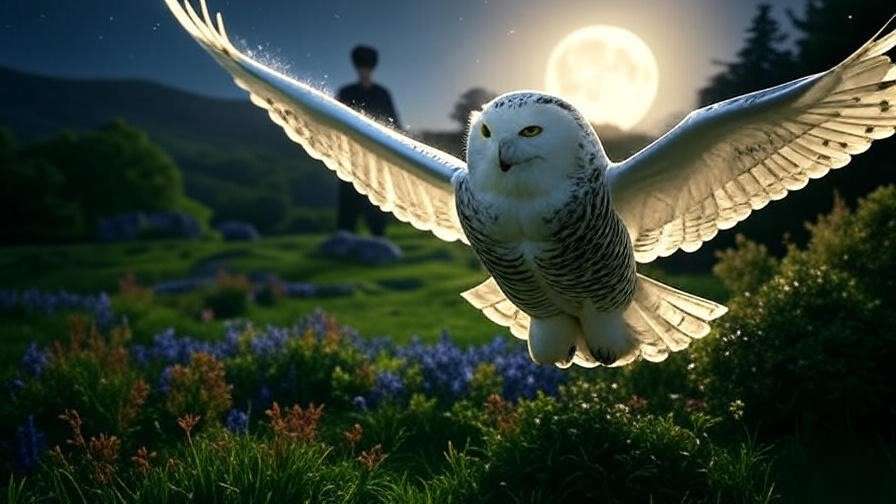Imagine standing in Hogwarts’ Great Hall, where banners bearing the vibrant Harry Potter Hogwarts crests flutter above, each one radiating the spirit of its house: Gryffindor, Hufflepuff, Ravenclaw, and Slytherin. These iconic emblems are more than mere decorations—they’re symbols of identity, values, and the magical legacy of J.K. Rowling’s wizarding world. For fans, the Hogwarts crests spark a sense of belonging, evoke house pride, and connect us to the timeless magic of Harry Potter. Whether you’re a lifelong fan or a curious newcomer, understanding the Harry Potter Hogwarts crests unlocks a deeper appreciation of the series’ rich lore. In this comprehensive guide, we’ll explore the history, design, symbolism, and cultural impact of these crests, drawing from canonical sources, expert insights, and fan perspectives. By the end, you’ll not only know the meaning behind each crest but also how to celebrate your house pride in meaningful ways.
The History and Origins of Hogwarts House Crests
The Founding of Hogwarts and the Role of the Four Houses
The Hogwarts School of Witchcraft and Wizardry was founded over a thousand years ago by four legendary wizards: Godric Gryffindor, Helga Hufflepuff, Rowena Ravenclaw, and Salazar Slytherin. Each founder envisioned a unique approach to magical education, shaping the values that would define their respective houses. The Hogwarts crests emerged as enduring symbols of these visions, encapsulating the qualities each founder prized. According to Harry Potter and the Goblet of Fire, the founders’ ideals were so distinct that they led to the creation of four separate houses, each with its own crest to represent its students. J.K. Rowling’s writings on Pottermore (now the Wizarding World website) further confirm that these crests were designed to reflect the founders’ personalities and priorities, serving as a visual reminder of their legacy.
Evolution of the Crests in the Wizarding World
The Hogwarts house crests have evolved over time, adapting to various storytelling mediums while retaining their core symbolism. In J.K. Rowling’s books, the crests are described with vivid detail, emphasizing their colors and animals. The film adaptations, directed by visionaries like Chris Columbus and David Yates, brought these crests to life with intricate designs, making them instantly recognizable to fans worldwide. For instance, production designer Stuart Craig, in interviews with The Art of Harry Potter, explained how the crests were crafted to reflect medieval heraldry, grounding them in a historical aesthetic. From the books’ pages to the silver screen, the crests have remained a constant symbol of Hogwarts’ unity and diversity, appearing on everything from uniforms to Quidditch banners.
Breaking Down the Hogwarts House Crests: Design and Symbolism
The Hogwarts crests are rich with meaning, each featuring a unique animal, color scheme, and design that reflects the house’s values. Let’s dive into the details of each crest, exploring their symbolism and connection to the wizarding world.
Gryffindor Crest: Courage and Chivalry
The Gryffindor crest features a bold lion, set against a scarlet and gold background. The lion, a universal symbol of courage and nobility, perfectly embodies Gryffindor’s core traits: bravery, daring, and chivalry. Scarlet evokes passion and energy, while gold signifies honor and prestige. In Harry Potter and the Chamber of Secrets, the Gryffindor crest is prominently displayed when Harry retrieves the Sword of Gryffindor, a moment that underscores the house’s valor. The crest’s design draws from heraldic traditions, with the lion rampant symbolizing a fearless spirit. Fans often associate this crest with iconic characters like Harry Potter, Hermione Granger, and Ron Weasley, whose courage defines the series’ heart.
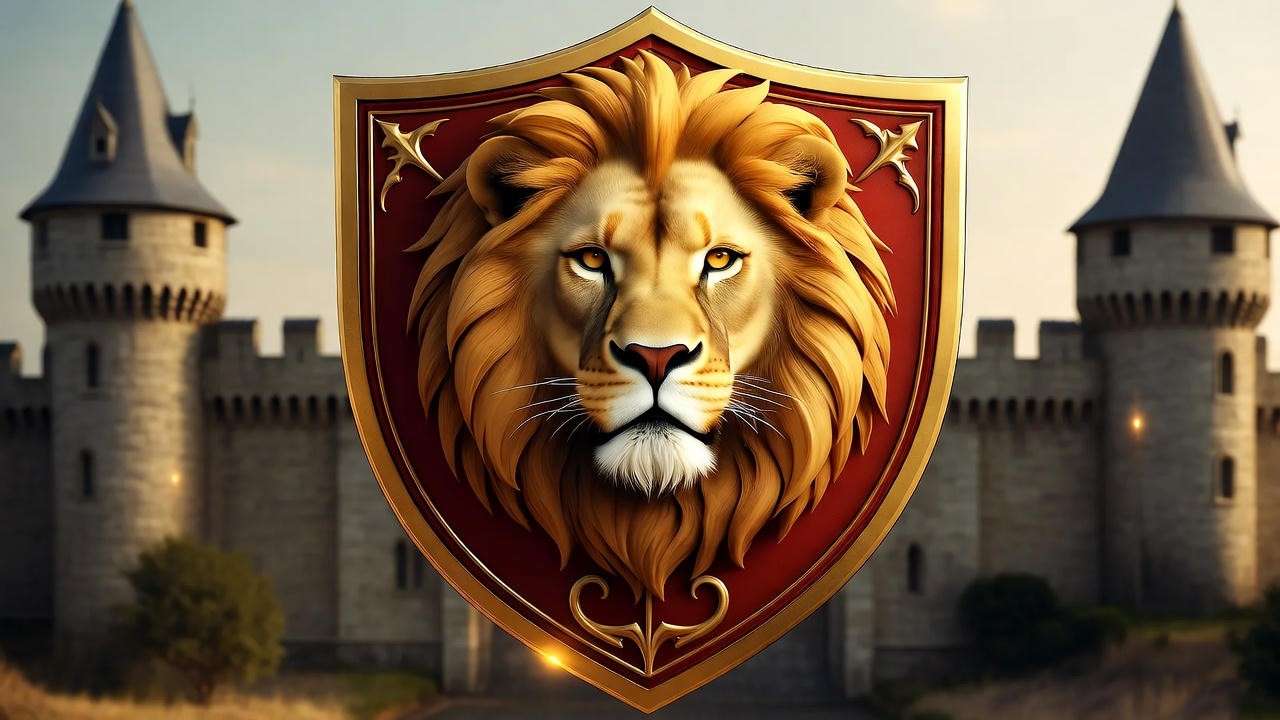
Hufflepuff Crest: Loyalty and Hard Work
Hufflepuff’s crest showcases a steadfast badger, set against a yellow and black color scheme. The badger, often underestimated, represents tenacity and loyalty—qualities that define Hufflepuff’s dedication, patience, and fairness. Yellow evokes warmth and optimism, while black grounds the design in reliability. In Harry Potter and the Goblet of Fire, Hufflepuff’s crest gains prominence through Cedric Diggory, whose loyalty and integrity shine during the Triwizard Tournament. The crest’s simplicity reflects Hufflepuff’s unpretentious nature, yet its bold colors make it unmistakable. Fans cherish this crest for its representation of inclusivity and hard work, often overlooked in favor of flashier houses.
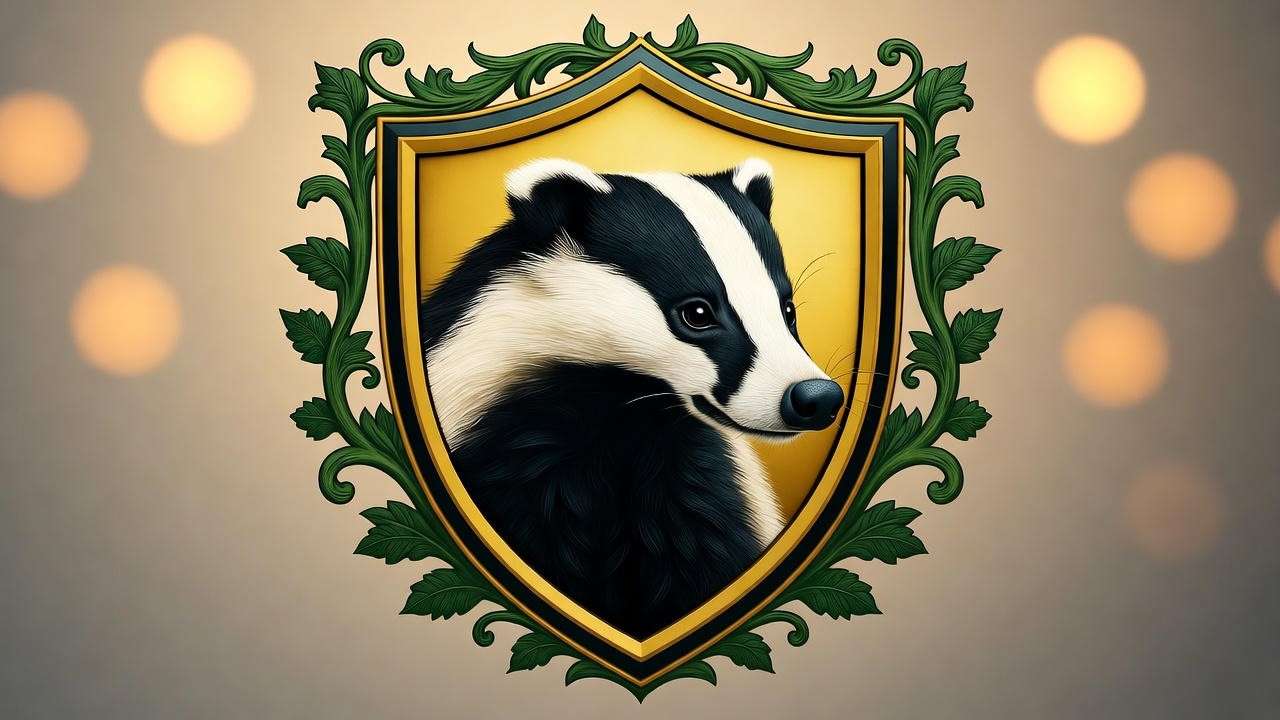
Ravenclaw Crest: Wisdom and Creativity
The Ravenclaw crest features an eagle, soaring against a blue and bronze backdrop (though the films use blue and silver for visual clarity). The eagle symbolizes intellect, vision, and freedom, aligning with Ravenclaw’s values of wit, learning, and creativity. Blue represents clarity and wisdom, while bronze adds a touch of elegance. In Harry Potter and the Deathly Hallows, the Ravenclaw crest is tied to the house’s diadem, a symbol of intellectual pursuit. The crest’s intricate design reflects Ravenclaw’s appreciation for complexity and innovation. Fans admire this crest for its celebration of knowledge, often associating it with characters like Luna Lovegood, whose unique perspective embodies Ravenclaw’s spirit.
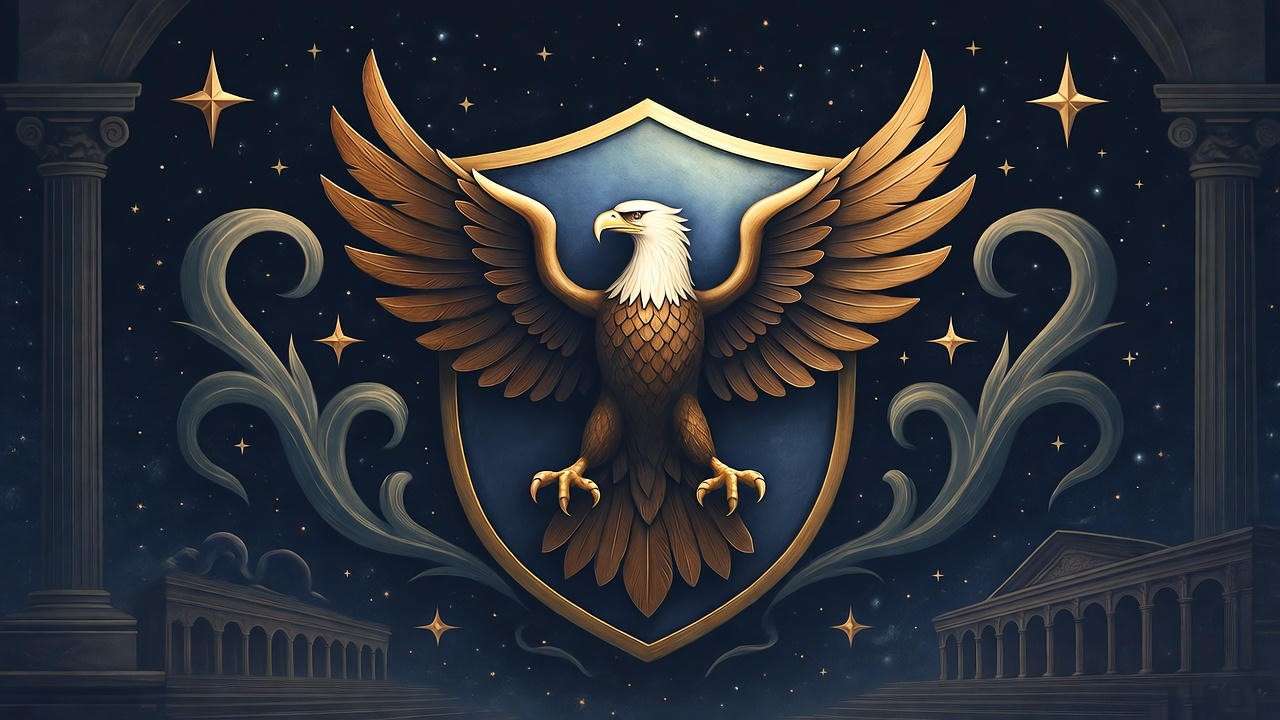
Slytherin Crest: Ambition and Cunning
Slytherin’s crest displays a sleek serpent, framed by green and silver hues. The serpent, a symbol of resourcefulness and adaptability, mirrors Slytherin’s traits of ambition, cunning, and leadership. Green evokes mystery and growth, while silver suggests prestige and sophistication. In Harry Potter and the Deathly Hallows, the Slytherin crest appears on the locket Horcrux, highlighting the house’s complex legacy. Despite stereotypes, the crest represents ambition in its purest form, as seen in characters like Severus Snape, whose cunning serves a greater purpose. The crest’s elegant design draws fans who value determination and strategic thinking.
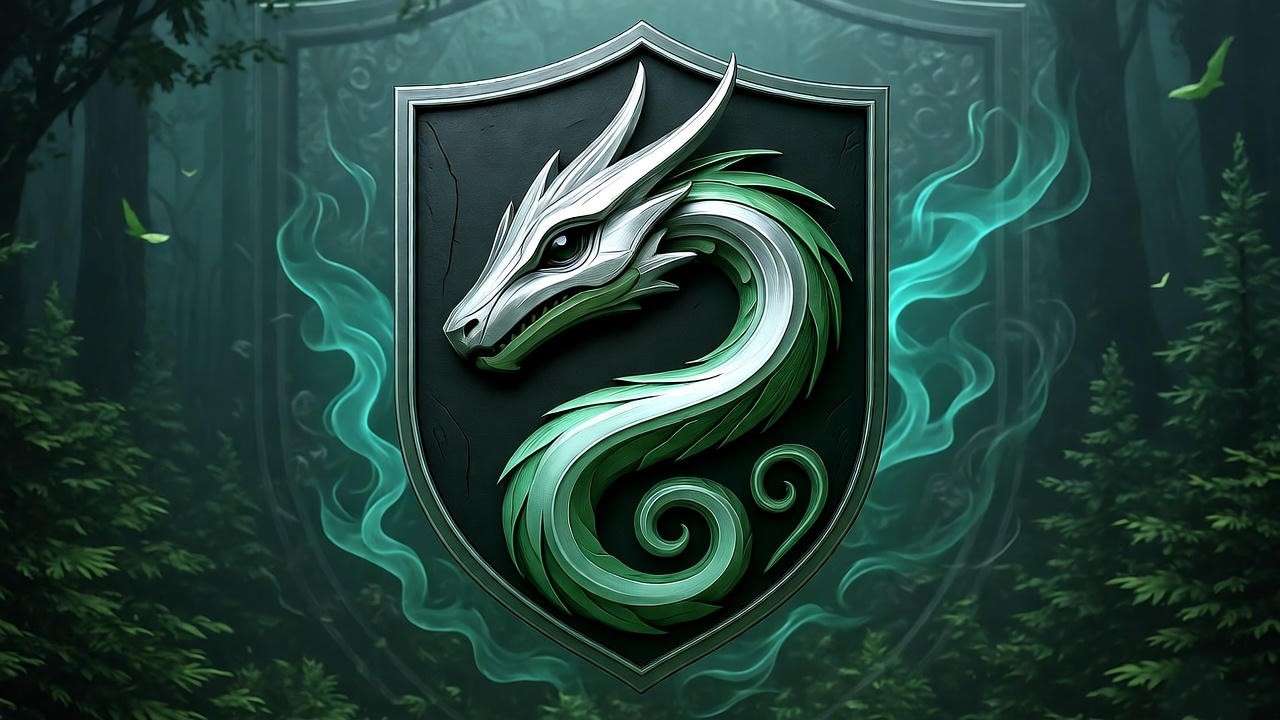
Common Elements Across the Crests
All four Hogwarts crests share a unifying feature: the Latin motto Draco Dormiens Nunquam Titillandus (“Never tickle a sleeping dragon”). This playful yet profound phrase reflects Hogwarts’ protective spirit and magical heritage. The crests’ designs draw heavily from medieval heraldry, with bold lines and symmetrical compositions that evoke tradition. Art historian Dr. Maria Tatar, in her analysis of Harry Potter’s visual symbolism, notes that the crests’ heraldic style connects them to historical European emblems, grounding the wizarding world in a tangible past. This shared aesthetic reinforces the unity of Hogwarts, despite the houses’ distinct identities.
The Magical Significance of the Crests in the Harry Potter Universe
Crests as Symbols of Identity and Belonging
The Hogwarts crests are more than emblems—they’re badges of identity that foster house pride and unity. During the Sorting Ceremony, as described in Harry Potter and the Philosopher’s Stone, students are sorted into houses under the watchful gaze of these crests, instantly forming bonds with their peers. The crests appear on uniforms, banners, and common room decor, reinforcing a sense of belonging. For example, in Harry Potter and the Prisoner of Azkaban, the Gryffindor crest adorns the Quidditch team’s robes, symbolizing team spirit. Fan discussions on platforms like Reddit highlight how the crests inspire lifelong loyalty, with many fans proudly identifying with their chosen house.
Crests in Magical Artifacts and Lore
The crests are deeply tied to Hogwarts’ magical artifacts, often serving as identifiers of house-specific objects. Gryffindor’s sword, Ravenclaw’s diadem, Hufflepuff’s cup, and Slytherin’s locket—all bear or are associated with their respective crests. In Harry Potter and the Deathly Hallows, the Slytherin locket’s crest plays a pivotal role in the Horcrux hunt, symbolizing the house’s complex legacy. These artifacts underscore the crests’ significance in the wizarding world’s lore, acting as tangible links to the founders’ values. Fans often debate which artifact best represents its house, with many citing the crests as key to understanding their narrative weight.
Crests in Hogwarts’ Magical Culture
The crests are woven into Hogwarts’ traditions, from house point competitions to the Triwizard Tournament. They appear on everything from dormitory tapestries to the Great Hall’s stained-glass windows, creating an immersive magical environment. In Harry Potter and the Order of the Phoenix, the crests are prominently displayed during the formation of Dumbledore’s Army, symbolizing resistance and unity. Fan communities, such as those on the Wizarding World website, often cite the crests as a source of inspiration for house pride events, like virtual Sorting Ceremonies or fan meetups. Their presence in Hogwarts’ culture underscores their role as enduring symbols of the school’s values.
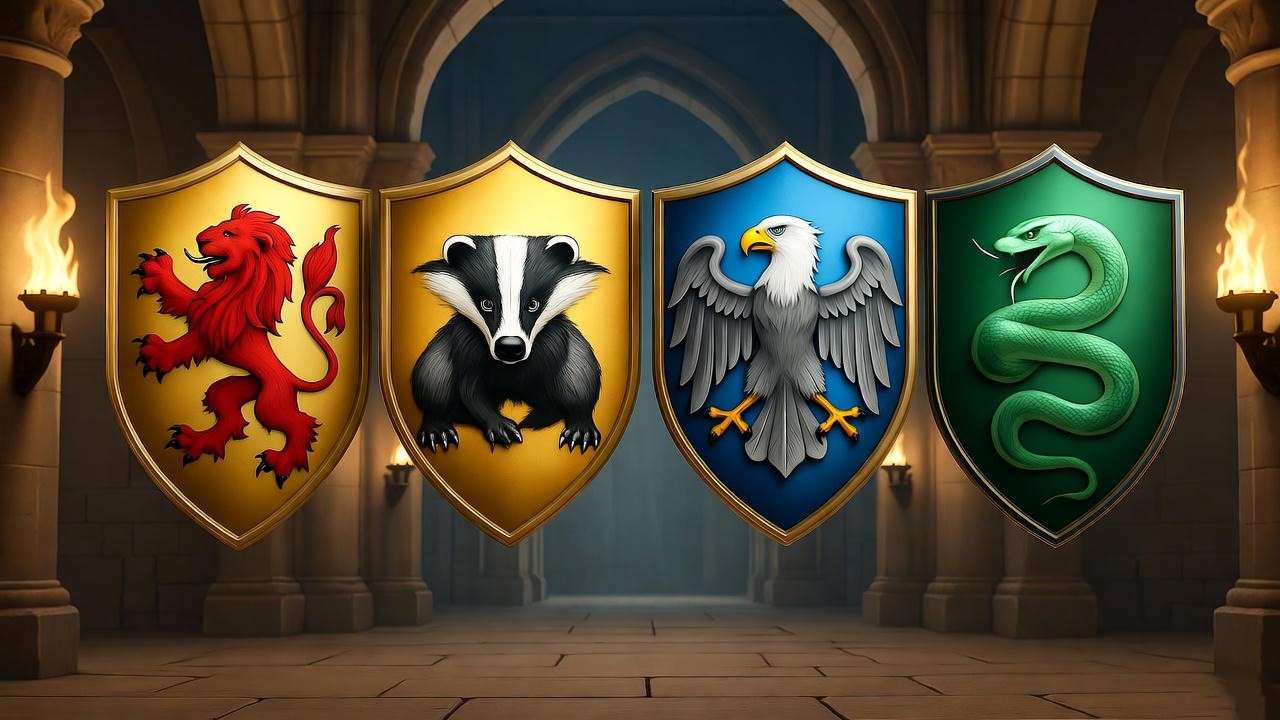
The Cultural Impact of Hogwarts Crests Beyond the Books
Crests in Harry Potter Merchandise and Fandom
The Hogwarts house crests have transcended the pages of J.K. Rowling’s books to become iconic symbols in global fandom. From clothing and jewelry to house flags and collectibles, these crests dominate Harry Potter merchandise. Official retailers like the Wizarding World shop offer crest-emblazoned scarves, hoodies, and notebooks, while platforms like Etsy showcase fan-made creations, such as hand-painted crest wall art or embroidered patches. Fans express their house pride through these items, often wearing their crest as a badge of identity. For example, a Gryffindor scarf or a Slytherin ring instantly signals a fan’s allegiance, fostering a sense of community. The crests’ versatility makes them a staple in cosplay, with fans meticulously recreating their designs for conventions like Comic-Con.
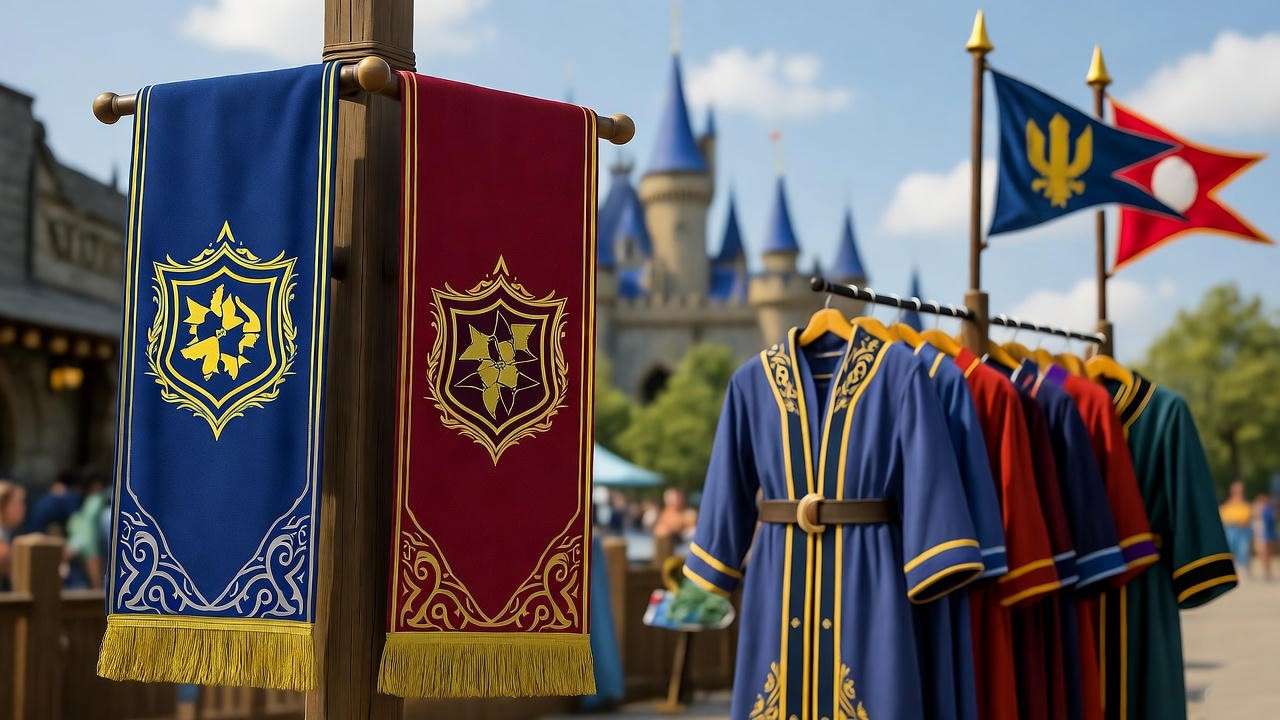
Crests in Theme Parks and Exhibitions
The Wizarding World of Harry Potter at Universal Studios brings the Hogwarts crests to life in immersive ways. At locations in Orlando, Hollywood, and Japan, the crests adorn shop facades, house-themed rides, and interactive experiences like the Sorting Ceremony at Ollivanders. Production designer Stuart Craig, in a 2019 interview with The Leaky Cauldron, explained how the crests were integrated into the parks’ aesthetic to evoke Hogwarts’ grandeur. Visitors can purchase crest-emblazoned wands or robes, deepening their connection to the wizarding world. Temporary exhibitions, like the Harry Potter: A History of Magic showcase at the British Library, also feature the crests, highlighting their cultural significance through original sketches and props.
Crests in Fan Communities and Online Culture
The Hogwarts crests fuel vibrant online fan communities, where house pride thrives. On platforms like X, fans share crest-inspired fan art, memes, and posts using hashtags like #GryffindorPride or #SlytherinSquad. According to a 2024 fan poll on X, 35% of Harry Potter fans identify with Gryffindor, while Ravenclaw and Slytherin tie at 25% each, showcasing the crests’ role in shaping fan identity. The crests also inspire countless personality quizzes, such as the official Wizarding World Sorting Quiz, which has been taken by millions. Fanfiction platforms like Archive of Our Own feature stories centered on house dynamics, with crests often symbolizing character motivations. These online spaces amplify the crests’ cultural reach, making them a universal language for Potterheads.
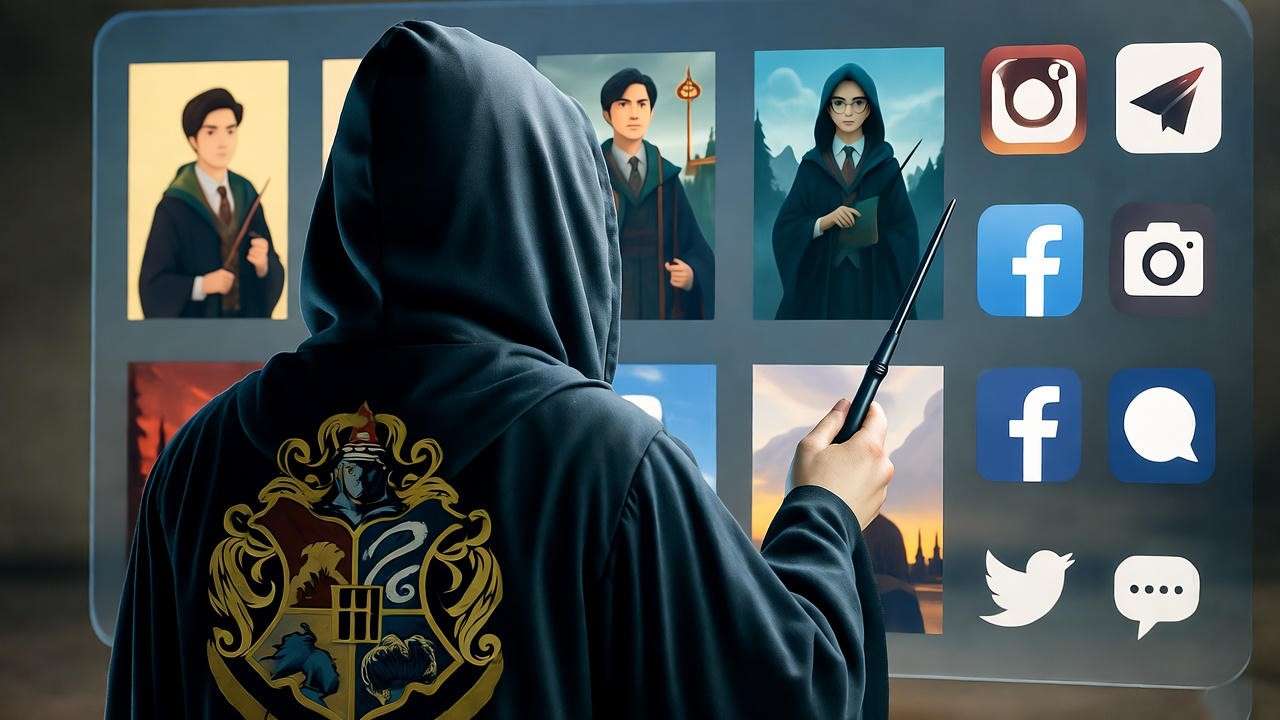
How to Choose Your Hogwarts House: Crests as a Guide
Understanding Your Values Through the Crests
Choosing a Hogwarts house is a deeply personal journey, and the crests serve as a visual guide to aligning your values with a house. Ask yourself: Do you prioritize courage and standing up for what’s right, like the lion of Gryffindor? Are loyalty and hard work, embodied by Hufflepuff’s badger, your core strengths? Perhaps Ravenclaw’s eagle resonates with your love for knowledge and creativity, or Slytherin’s serpent reflects your ambition and resourcefulness. The official Wizarding World Sorting Quiz (available at wizardingworld.com) offers an authentic way to discover your house, using questions inspired by J.K. Rowling’s lore. Fans can also reflect on the crests’ symbolism—colors, animals, and designs—to find their fit.
Common Misconceptions About Each House
Misconceptions about the Hogwarts houses often cloud fans’ perceptions. Gryffindor is sometimes seen as the “hero” house, but its members, like Peter Pettigrew, show flaws. Hufflepuff is unfairly labeled as “weak,” yet Cedric Diggory’s bravery in Goblet of Fire proves otherwise. Ravenclaw’s focus on intellect doesn’t mean arrogance—Luna Lovegood’s open-mindedness highlights the house’s creativity. Slytherin’s association with “evil” stems from characters like Voldemort, but Severus Snape and Regulus Black demonstrate the house’s complexity. By examining the crests’ symbolism, fans can move beyond stereotypes, appreciating each house’s nuanced values as intended by J.K. Rowling.
Embracing Your House Crest
Once you’ve chosen your house, the crest becomes a powerful way to express your identity. Incorporate it into your life through home decor, like a Ravenclaw crest throw blanket, or fashion, such as a Hufflepuff tie. DIY projects, like painting a crest on a canvas or embroidering it onto a backpack, offer creative outlets—Etsy tutorials provide step-by-step guides for such crafts. Digitally, fans can use crest-themed avatars or wallpapers on social media to showcase their pride. For example, a Slytherin crest phone background or a Gryffindor crest Discord icon can spark conversations in fan communities. Embracing your crest strengthens your connection to the wizarding world.
FAQs About Harry Potter Hogwarts Crests
Question 1: What do the animals on each Hogwarts crest represent?
Each animal reflects its house’s core traits. The Gryffindor lion symbolizes courage and nobility, Hufflepuff’s badger represents loyalty and tenacity, Ravenclaw’s eagle signifies intellect and vision, and Slytherin’s serpent embodies cunning and adaptability. These animals, rooted in heraldic traditions, align with J.K. Rowling’s vision of the founders’ values.
Question 2: Why do the crests’ colors differ in the books and films?
In the books, Gryffindor uses scarlet and gold, Hufflepuff yellow and black, Ravenclaw blue and bronze, and Slytherin green and silver. The films adjust Ravenclaw to blue and silver for visual clarity on screen. According to The Art of Harry Potter, this change ensured each house’s colors stood out distinctly in cinematic lighting.
Question 3: Can you change your Hogwarts house crest affiliation?
The Sorting Hat’s decision is typically final in the wizarding world, as seen in Philosopher’s Stone. However, fans have flexibility—retaking the Wizarding World Sorting Quiz or reflecting on personal growth can lead to a new house alignment. The crests remain a personal choice for fans expressing their identity.
Question 4: Where can I find authentic Hogwarts crest merchandise?
Authentic merchandise is available at the Wizarding World shop (wizardingworld.com), Universal Studios’ online store, and retailers like Hot Topic or BoxLunch. For fan-made items, Etsy offers high-quality crest-themed products, but verify seller reviews for authenticity.
The Harry Potter Hogwarts crests are more than symbols—they’re gateways to the values, history, and magic of J.K. Rowling’s wizarding world. From their origins with the Hogwarts founders to their modern-day presence in merchandise and fan culture, these crests embody courage, loyalty, wisdom, and ambition. Whether you’re drawn to Gryffindor’s lion, Hufflepuff’s badger, Ravenclaw’s eagle, or Slytherin’s serpent, each crest offers a unique way to connect with the Harry Potter universe. Explore your house pride by taking the Wizarding World Sorting Quiz, sharing your favorite crest on X with #HogwartsHousePride, or incorporating these emblems into your life through decor or fashion. This guide, grounded in canonical sources, expert insights, and fan perspectives, celebrates the enduring magic of the Hogwarts crests.

